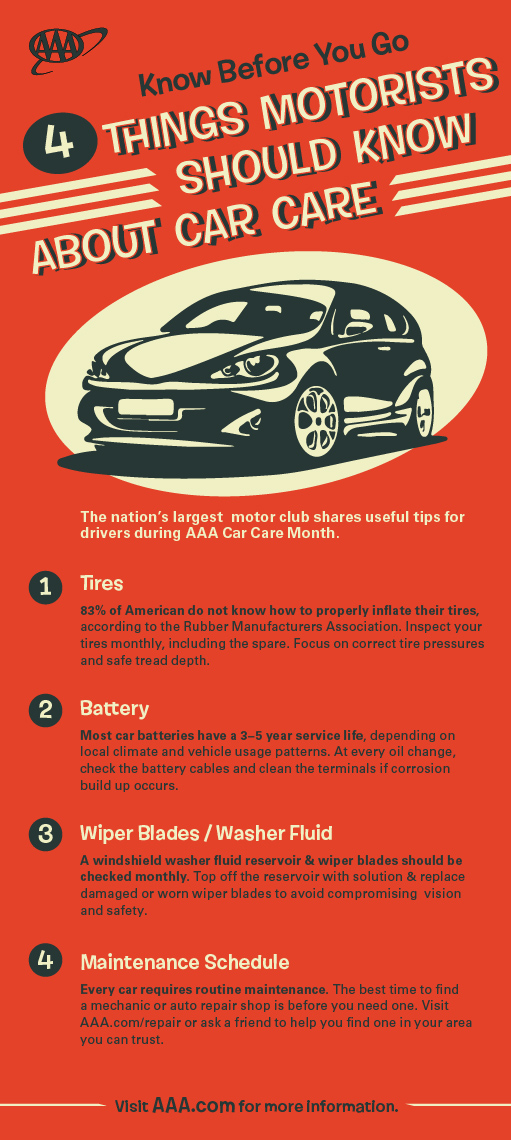Comprehending The Value Of Your Auto'S Warning Signals: What They Really Stand For
Comprehending The Value Of Your Auto'S Warning Signals: What They Really Stand For
Blog Article
Staff Writer-Lim Stark
When you're behind the wheel, those beautiful warning lights on your dashboard can be a little bit difficult. Do you recognize what they're trying to inform you about your automobile's wellness? Understanding the importance of these lights is vital for your security and the durability of your automobile. So, car buffing of those lights pops up, wouldn't you wish to decipher its message accurately and take the necessary actions to address it?
Common Warning Lighting and Interpretations
Determine usual caution lights in your car and recognize their meanings to make certain risk-free driving.
One of the most typical warning lights include the check engine light, which indicates issues with the engine or exhausts system. If this light comes on, it's critical to have your automobile inspected without delay.
The oil pressure warning light shows reduced oil stress, requiring prompt focus to avoid engine damages.
https://www.stltoday.com/news/local/crime-and-courts/auto-shop-employees-report-seeing-fireball-shoot-up-from-basement-as-roof-collapses/article_058fed9c-f9ce-5ada-bc69-4342d6f4b5b4.html blinking battery light may recommend a damaged charging system, potentially leaving you stranded if not dealt with.
The tire stress surveillance system (TPMS) light signals you to reduced tire pressure, impacting lorry security and fuel efficiency. Neglecting this can bring about risky driving conditions.
The ABS light suggests an issue with the anti-lock braking system, compromising your capacity to quit promptly in emergency situations.
Lastly, the coolant temperature warning light warns of engine getting too hot, which can result in serious damages otherwise dealt with promptly.
Understanding these common caution lights will help you attend to problems promptly and preserve secure driving problems.
Significance of Prompt Interest
Comprehending the common caution lights in your auto is just the very first step; the relevance of immediately addressing these cautions can not be stressed enough to guarantee your security when traveling.
When a caution light brightens on your dashboard, it's your car's means of communicating a prospective problem that needs attention. Overlooking these cautions can bring about more severe problems in the future, compromising your security and potentially costing you more out of commission.
Trigger attention to cautioning lights can protect against failures and accidents. For instance, a flashing check engine light can suggest a misfire that, if left unattended, can create damages to the catalytic converter. Addressing this quickly can save you from a pricey repair.
Likewise, https://brake-service-near-me62840.slypage.com/32662824/how-can-mobile-cars-and-truck-describing-change-your-car-care-experience-while-making-sure-top-quality-discover-the-essential-aspects-to-think-about-before-picking-a-detailer advising light may signify reduced brake fluid or used brake pads, crucial parts for your safety and security when driving.
DIY Troubleshooting Tips
If you notice a warning light on your control panel, there are a few DIY troubleshooting ideas you can try prior to seeking professional help.
The initial step is to consult your cars and truck's guidebook to comprehend what the specific warning light shows. In Go At this site can be as straightforward as a loose gas cap causing the check engine light. Tightening up the gas cap may fix the trouble.
One more usual concern is a low battery, which can trigger numerous advising lights. Inspecting the battery links for deterioration and guaranteeing they're safe may fix the issue.
If a warning light lingers, you can attempt resetting it by separating the car's battery for a few minutes and then reconnecting it. Furthermore, examining your automobile's fluid degrees, such as oil, coolant, and brake liquid, can help fix alerting lights associated with these systems.
Conclusion
Finally, recognizing your automobile's warning lights is important for maintaining your car running efficiently and securely. By quickly resolving these notifies and understanding what they imply, you can avoid costly repair services and prospective break downs.
Remember to consult your cars and truck's manual for particular details on each cautioning light and do something about it appropriately to make sure a hassle-free driving experience.
Keep educated, stay safe when driving!
